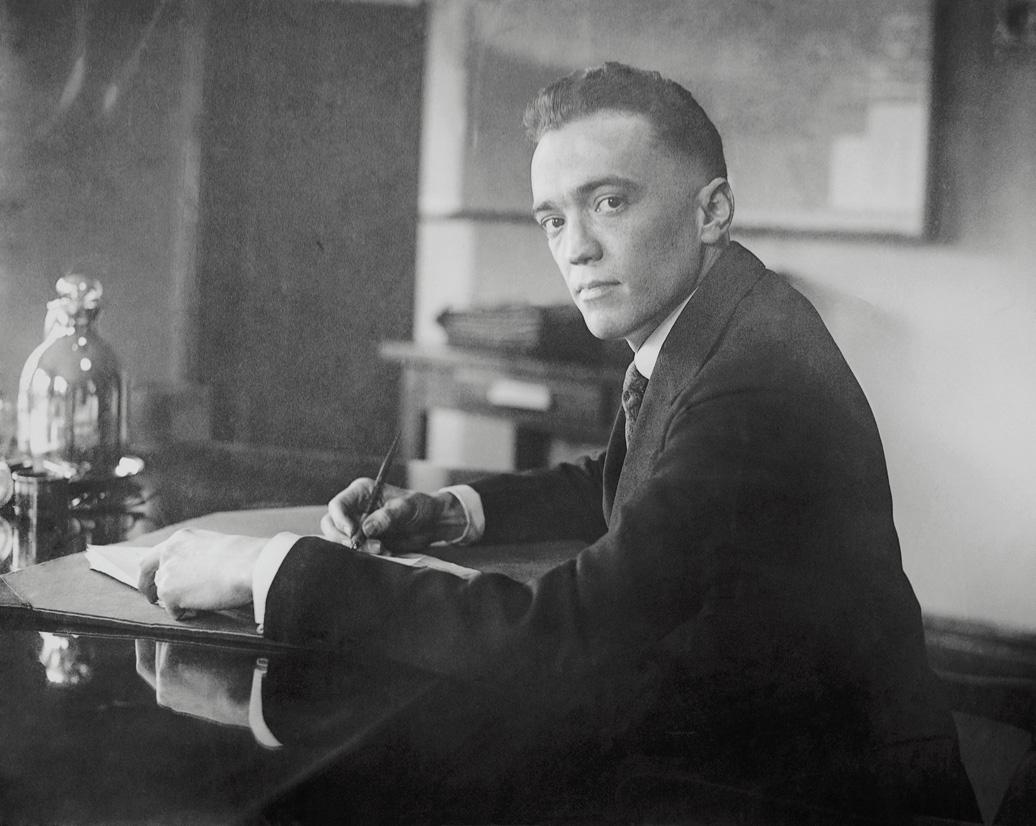
One morning in the fall of 1971, President Richard Nixon set out to fire J. Edgar Hoover, the director of the F.B.L, who had ruled over the agency like a potentate since 1924. The two men were longtime friends, united by their political affinities, including a bone-deep antipathy to the American left, Old and New, and a tendency to demonize their critics. Over the years, Nixon and his wife, Pat, had socialized often with Hoover and his companion, Clyde Tolson. They had even vacationed together in the fifties, at a seaside resort in La Jolla, California, owned by a pair of Texas oil tycoons who went out of their way to put their powerful guests at ease. After Nixon lost the 1960 Presidential election, to John F. Kennedy, Hoover was frankly disappointed, and wrote to urge his friend not to give up on politics: The United States and the Free World need a man of your stature desperately.” When Nixon made his comeback, in 1968, Hoover was a distinct asset, an old-school embodiment of law and order for a Presidential campaign that presented itself as the antidote to urban uprisings, campus protests, and street crime.
Denne historien er fra November 21, 2022-utgaven av The New Yorker.
Start din 7-dagers gratis prøveperiode på Magzter GOLD for å få tilgang til tusenvis av utvalgte premiumhistorier og 9000+ magasiner og aviser.
Allerede abonnent ? Logg på
Denne historien er fra November 21, 2022-utgaven av The New Yorker.
Start din 7-dagers gratis prøveperiode på Magzter GOLD for å få tilgang til tusenvis av utvalgte premiumhistorier og 9000+ magasiner og aviser.
Allerede abonnent? Logg på

MEAN TIME
“Hard Truths.”

ENLIGHTEN ME
The secret beauty of mandalas.

THE BEST OF THEM
His was a genius for the ages. Will Gottfried Leibniz ever get his due?

DEATH CULT
Yukio Mishima’ tortured obsessions were his making—and his unmaking.

Prophecy
The night of Dev’s twenty-second birthday, he was invited to sit with the elders after dinner.

A TALE OF TWO DISTRICTS
Lauren Boebert and Colorado’s red-blue divide.

THE TIKTOK TRAIL
Andean migrants draw others to the U.S. with videos depicting themselves as living the American Dream.

LOVE AND THEFT
Did a best-selling romantasy novelist steal another writer's story?

OUR NEW TWO-FACTOR AUTHENTICATION SYSTEM
Our two-factor authentication system is expanding because text messages and e-mailed codes are becoming less secure. Also, we’re committed to making sure your log-in process is more of a hassle than it needs to be.

STILL PROCESSING
Why is the American diet so deadly?